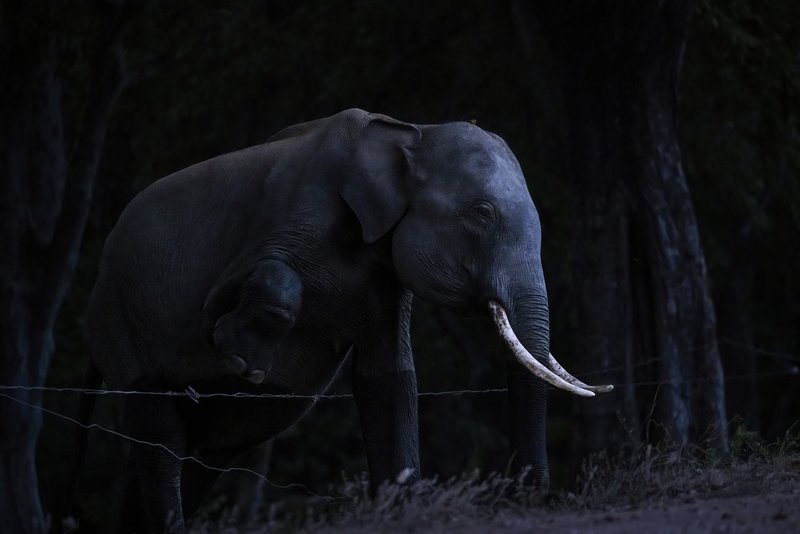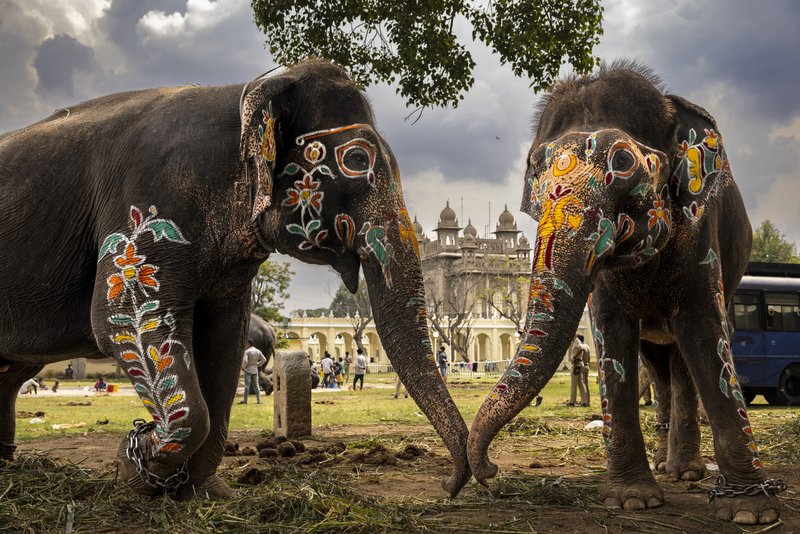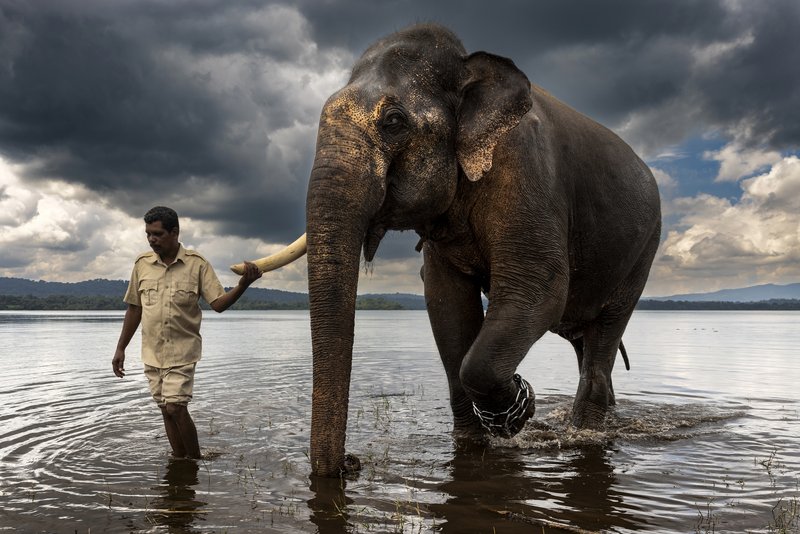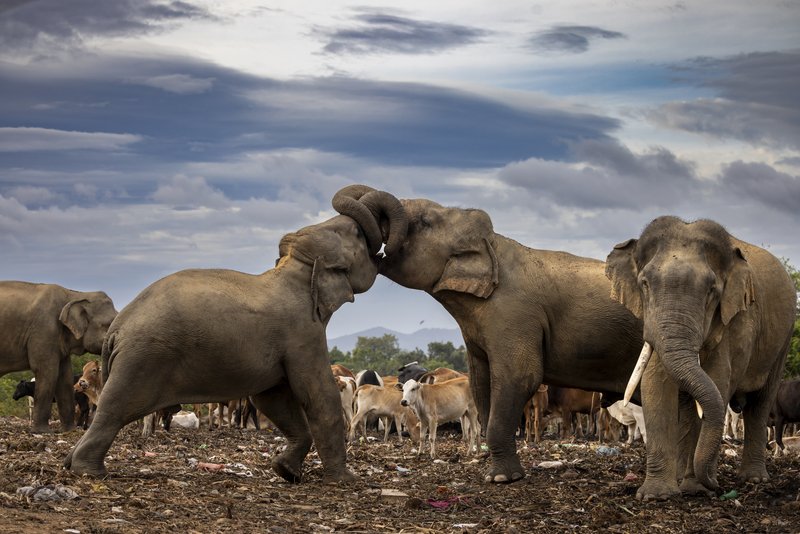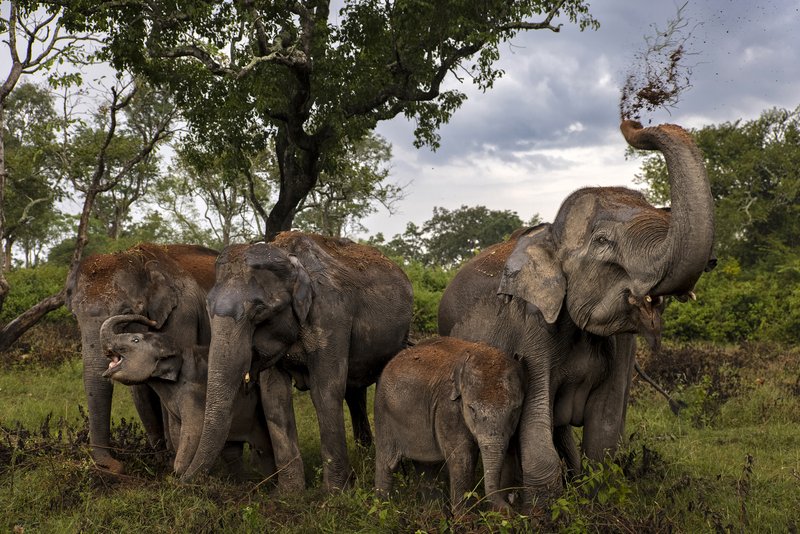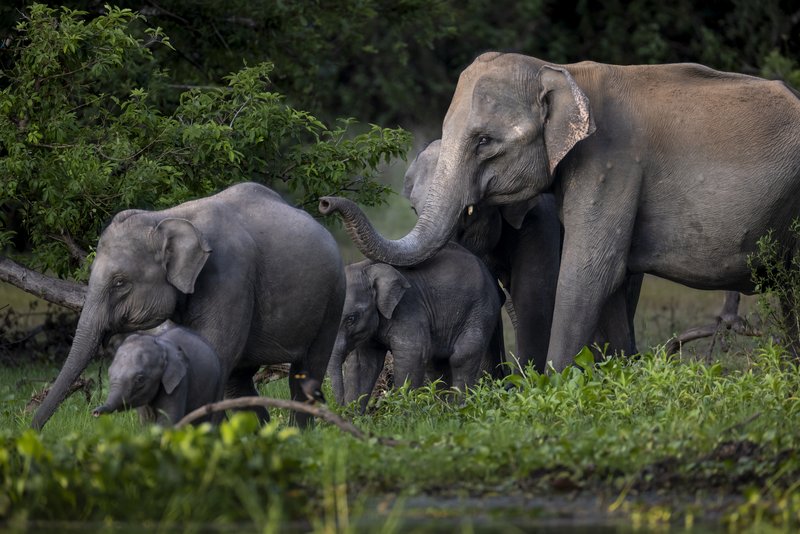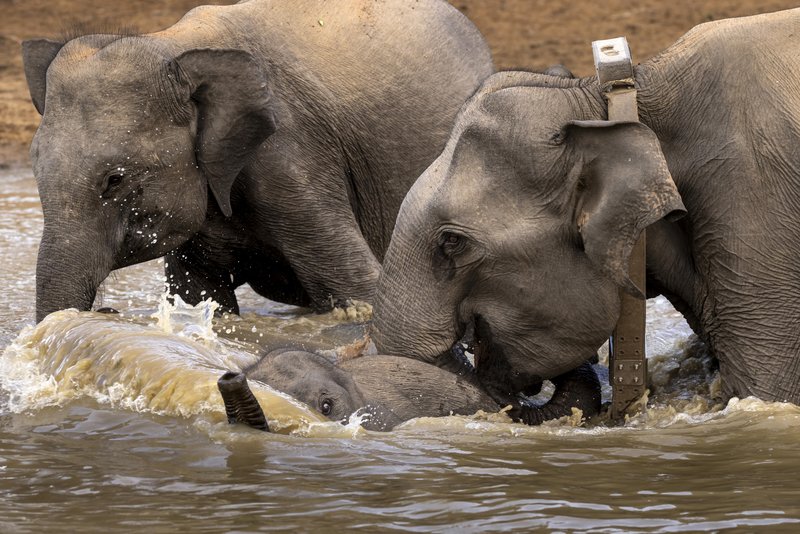Award of Excellence: Asian Elephants - an uncertain future
This premier category recognizes a photographer’s long-term story, project, or essay that explores issues related to the environment, natural history, or science. This could include a facet of human impact on the natural world, scientific discovery, coverage of plant or animal habitat, climate concerns, or similar topics.
Asian Elephants - an uncertain future
Asian elephants today are seen as animals defined through the lens of culture, commerce, and conservation. This essay attempts to examine the work of Asian elephant researchers who study these animals to best learn how they may more successfully live with humans. Close to 60% of Asian elephants live close to human populations with more of their habitat being lost every year. The hope is that a greater understanding of these elephants may mitigate much of the human elephant conflict that plays out today. I have examined the effect of agricultural and economic development in and around traditional elephant habitat, the emergence of bachelor herds of male elephants, the effects of garbage dumps and cultivation close to national parks, the stress levels of female elephants before and after they have calves, mourning amongst elephants, survival tactics within small herds, the way young calves learn through imitation, the stress that elephant festivals place on these animals and the contradiction between deifying them and yet constraining them and exploiting them. I have looked at the work of researchers who examine elephant problem-solving abilities and how this leads to a greater understanding of individual elephants as well as the human response to elephants deemed to be a threat. I have tried to examine the lack of planning for elephants around development in the countries that have the greatest numbers and how that has affected elephant habitat and their relationship to humans. Research has shown that many elephants are individual thinkers and many conservationists today agree that it will be a case of how much we can understand this individual thinking combined with how much we care that will ensure a harmonious future for threatened Asian elephants across their range.
Asian Elephants - an uncertain future
Asian elephants today are seen as animals defined through the lens of culture, commerce, and conservation. This essay attempts to examine the work of Asian elephant researchers who study these animals to best learn how they may more successfully live with humans. Close to 60% of Asian elephants live close to human populations with more of their habitat being lost every year. The hope is that a greater understanding of these elephants may mitigate much of the human elephant conflict that plays out today. I have examined the effect of agricultural and economic development in and around traditional elephant habitat, the emergence of bachelor herds of male elephants, the effects of garbage dumps and cultivation close to national parks, the stress levels of female elephants before and after they have calves, mourning amongst elephants, survival tactics within small herds, the way young calves learn through imitation, the stress that elephant festivals place on these animals and the contradiction between deifying them and yet constraining them and exploiting them. I have looked at the work of researchers who examine elephant problem-solving abilities and how this leads to a greater understanding of individual elephants as well as the human response to elephants deemed to be a threat. I have tried to examine the lack of planning for elephants around development in the countries that have the greatest numbers and how that has affected elephant habitat and their relationship to humans. Research has shown that many elephants are individual thinkers and many conservationists today agree that it will be a case of how much we can understand this individual thinking combined with how much we care that will ensure a harmonious future for threatened Asian elephants across their range.



